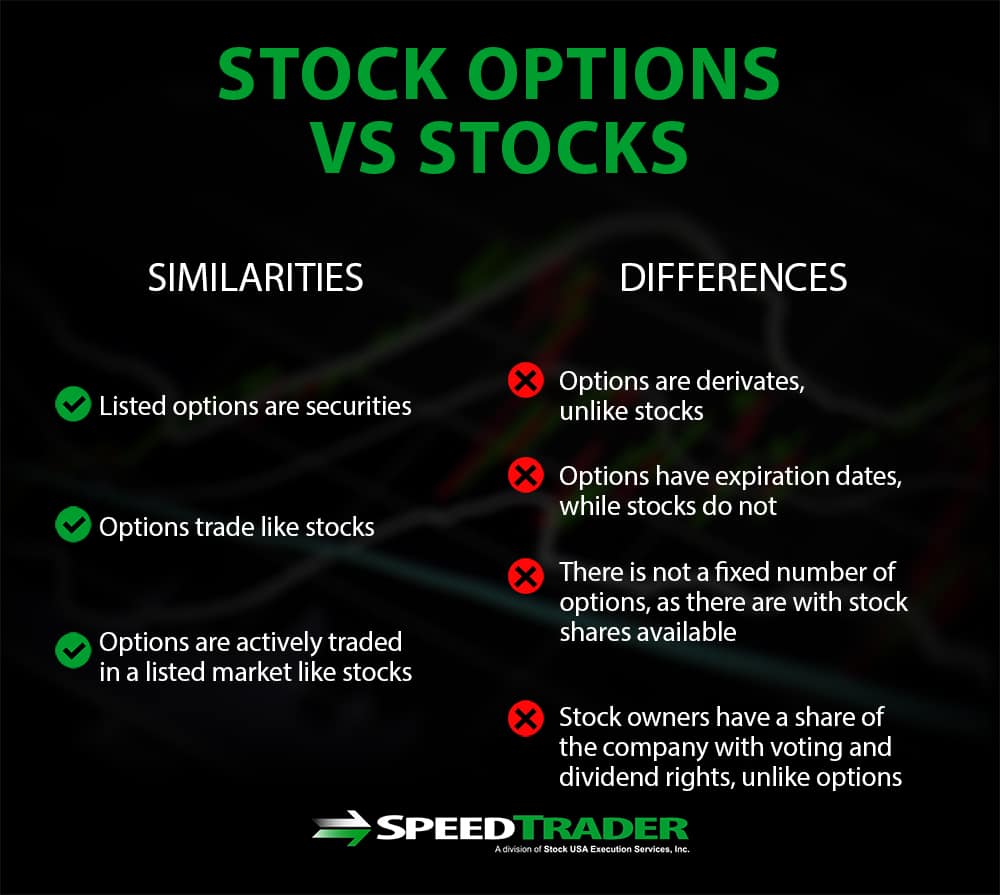In the ever-evolving landscape of the stock market, traders have unlocked a powerful tool that enables them to navigate volatility, hedge risk, and capitalize on potential gains: stock options. These versatile financial instruments have revolutionized the way investors approach the market, empowering them with greater control over their investments.
/financial-stock-market-graph-chart-of-stock-market-investment-trading-1086745334-129a8996fb374cc889aae30eb8e43bff.jpg)
Image: www.investopedia.com
Stock options are essentially contracts giving the buyer the right, but not the obligation, to buy or sell an underlying stock at a predetermined price within a specific time frame. By harnessing the flexibility and leverage provided by options, traders can create sophisticated strategies tailored to their unique risk appetite and investment goals.
Types of Stock Options
-
Call Options: Bestow upon the holder the right (not the obligation) to buy the underlying stock at the specified strike price on or before the expiration date.
-
Put Options: Grant the holder the right (not the obligation) to sell the underlying stock at the specified strike price on or before the expiration date.
-
Long Options: Buying a call or put option, giving the holder rights without any immediate obligation.
-
Short Options: Selling a call or put option, obligating the holder to fulfill the contract if exercised.
-
Covered Call: Selling a call option while owning the underlying stock, generating additional income but limiting potential profits.
-
Naked Option: Selling a call or put option without owning or shorting the underlying stock, amplifying risk but offering higher returns.
Examples in the Trading Arena
-
Hedging against Downside Risk: Utilizing put options enables investors to protect their portfolios against potential declines in the stock’s value.
-
Income Generation: Selling covered calls provides traders with a steady stream of income, albeit with reduced upside potential.
-
Leveraging Gains: Purchasing call options amplifies potential profits if the stock price surges, albeit with increased risk.
-
Directional Betting: Selling naked options allows traders to capitalize on strong market convictions, but exposes them to substantial risks if the market moves against them.
-
Strategy Enhancement: Options can complement existing investment strategies, fine-tuning risk profiles and optimizing returns.
Expert Insights and Actionable Tipps
“Options provide the power to transform risk and reward dynamics,” emphasizes financial expert Mark Fisher. “By understanding the nuances of each type and strategically incorporating them into your trading repertoire, you can achieve greater control over your investments.”
“Always consider your risk tolerance and investment goals when incorporating options into your strategy,” advises professional trader Sarah Jones. “Execute trades with a clear plan and always manage your risk effectively.”

Image: www.tradethetechnicals.com
Examples Of Trading Stock Options

Image: speedtrader.com
Embracing Trading Options
Trading stock options empowers investors with a comprehensive toolset to navigate the complexities of the market. From mitigating risk to generating income and amplifying gains, options have revolutionized the way traders approach their investments.
Embrace the potential of stock options, and unlock the full spectrum of opportunities that awaits in the ever-evolving trading landscape. Remember to consult credible sources, seek expert advice, and always trade responsibly to maximize your success in this dynamic arena.






